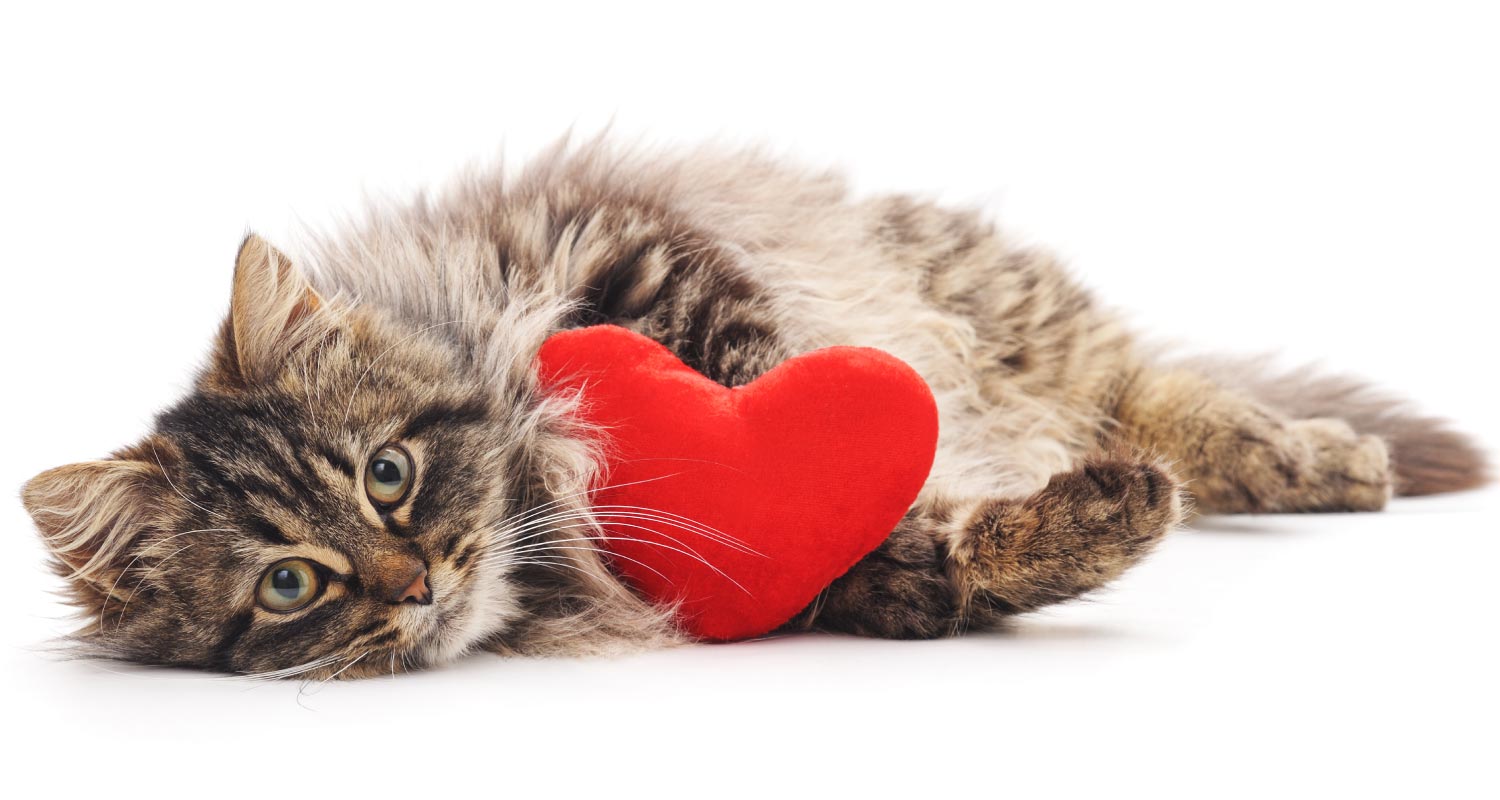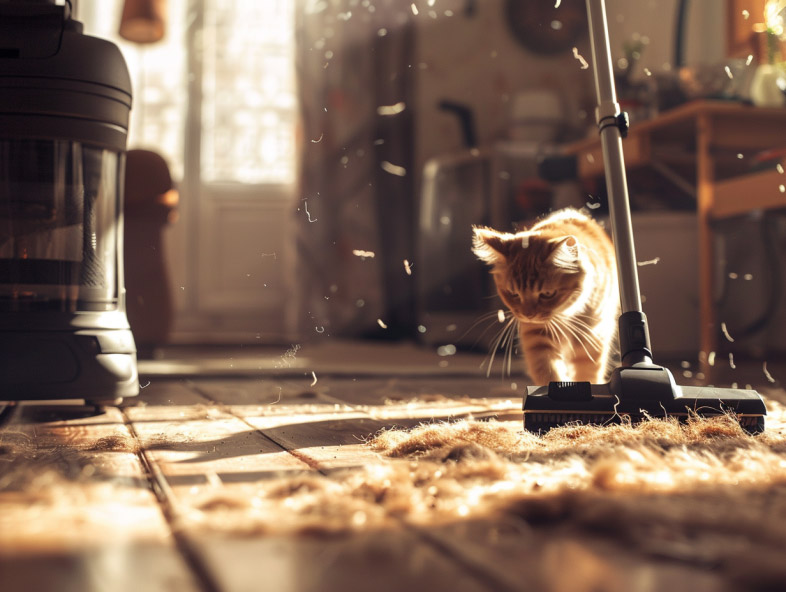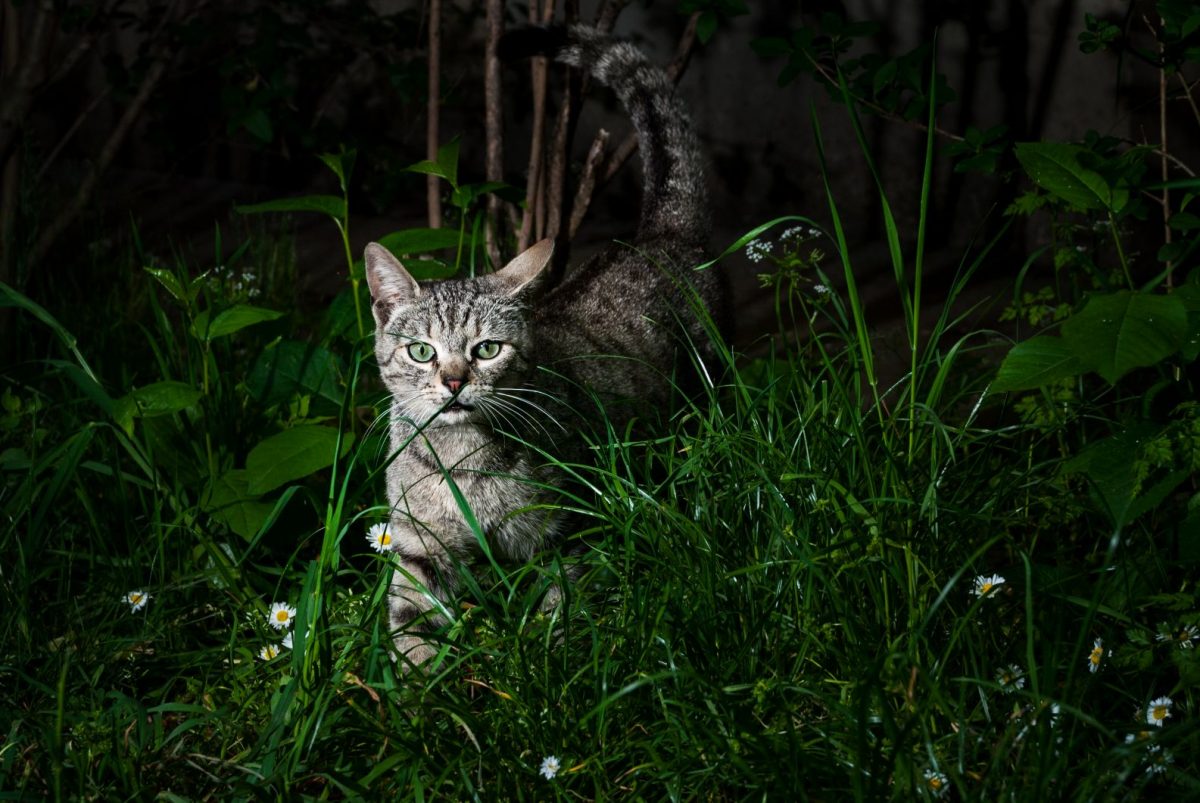The size of a cat’s heart can vary depending on factors like the cat’s breed, age, and overall health. On average, a domestic cat’s heart is roughly the size of a walnut or golf ball, weighing around 6 to 11 grams (0.2 to 0.4 ounces). However, it’s important to note that different breeds can have slightly different heart sizes, with larger breeds tending to have slightly larger hearts.
Keep in mind that these measurements are approximate and can vary. If you have concerns about your cat’s heart health, it’s best to consult a veterinarian for accurate information and advice.
What Are The Factors That Influence Cat Heart Size?
The size of a cat’s heart, a vital organ that orchestrates the symphony of life, is sculpted by an interplay of intrinsic and environmental factors.
Breed Variations:
Different cat breeds exhibit variations in their heart sizes. Larger breeds tend to have larger hearts to support their larger body size and greater mass. In addition, examples of such breeds include Maine Coons and Ragdolls.
Conversely, smaller cat breeds like Singapuras or Cornish Rexes typically have smaller hearts due to their petite body structure.
Age-Related Changes:
A cat’s heart size can change over the course of its life. Kittens generally have smaller hearts proportional to their small bodies.
Which gradually increase in size as they grow into adulthood. Aging cats might experience changes in heart size due to factors like muscle loss, decreased elasticity of blood vessels, and changes in cardiac function.
Health and Body Condition:
The overall health and body condition of a cat play a significant role in determining heart size. A healthy cat with proper nutrition and exercise is more likely to have a heart that is appropriately sized for its breed and age.
However, certain health conditions like obesity can lead to an enlarged heart due to increased strain on the cardiovascular system. On the other hand, malnutrition or chronic illnesses can result in a smaller heart.
What Is The Average Cat Heart Size?
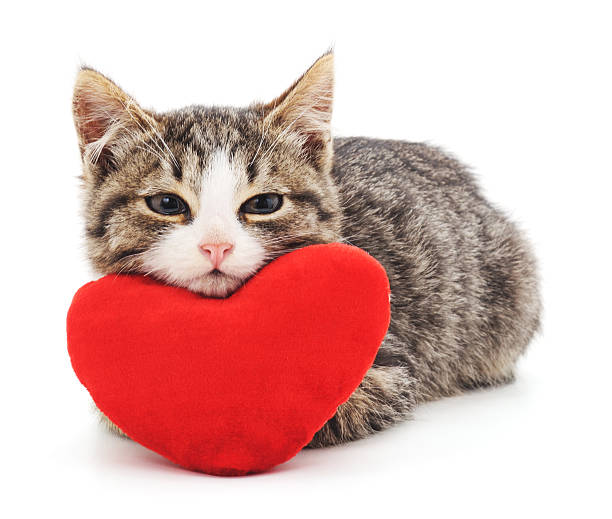
To provide a visual perspective, a cat’s heart is often likened to the size of a walnut or a golf ball. This comparison helps people understand the relative size of the heart within a cat’s body.
In addition, it’s important to note that this is a rough approximation, as heart size can vary within this range based on individual factors.
Weight Range:
The weight of a cat’s heart generally falls within the range of 6 to 11 grams. This weight accounts for variations in breed, age, and overall health.
Moreover, the heart’s weight is a crucial indicator of its health, and significant deviations from this range can signal potential heart issues that need veterinary attention.
What Are Breed-Specific Heart Size Differences?
Across the tapestry of feline diversity, various cat breeds embroider the canvas with distinct heart sizes.
Larger Breeds and Their Heart Sizes:
Larger cat breeds, like the Maine Coon and the Ragdoll, have evolved with larger body sizes, and their hearts are adapted to support their increased mass and metabolic needs.
Additionally, their hearts are proportionally larger compared to smaller breeds, which allows them to pump blood effectively throughout their larger bodies.
However, it’s important to note that while their hearts are larger, they should still fall within a healthy range relative to their body size to avoid strain on the cardiovascular system.
Smaller Breeds and Their Heart Sizes:
Smaller cat breeds, such as the Singapura or the Cornish Rex, have hearts that are proportionally smaller due to their petite body structures.
Moreover, their cardiovascular systems are designed to efficiently serve their smaller bodies. While these cats have smaller hearts, they should still function optimally to meet the body’s demands.
Any significant deviations in heart size, even within the context of their breed’s norms, could indicate underlying health issues.
What is the Importance of Heart Size in Cat Health?
The size of a cat’s heart is closely linked to its overall health. A heart that is appropriately sized for the cat’s breed and age usually indicates a well-functioning cardiovascular system.
An optimally sized heart is better equipped to pump blood efficiently, ensuring that organs and tissues receive adequate oxygen and nutrients.
Detecting Potential Heart Problems Through Size Variations:
Changes in heart size can be indicative of underlying health conditions. An enlarged heart (cardiomegaly) can signal heart diseases such as hypertrophic cardiomyopathy or heart failure.
Conversely, a smaller-than-expected heart might be due to conditions like malnutrition or chronic illnesses. Regular veterinary check-ups and assessments of heart size through techniques like X-rays or ultrasounds can help detect such variations early.
Monitoring heart size can aid in diagnosing issues and formulating appropriate treatment plans, contributing to the cat’s overall well-being.
How Can You Measure Cat Heart Size?
Veterinary Techniques for Measuring:
Veterinarians employ various techniques to measure a cat’s heart size accurately. One common approach is palpation, where the veterinarian uses their hands to feel the cat’s chest and assess heart size. However, this method provides a rough estimate and is often supplemented by more precise techniques.
Imaging Methods (Ultrasound, X-rays) Used to Determine Size:
Ultrasound: Ultrasound imaging allows veterinarians to visualize the heart’s structures and assess its size in real-time. This non-invasive technique provides detailed information about the heart’s chambers, valves, and overall function.
Moreover, it’s particularly valuable for diagnosing conditions like cardiomyopathy and identifying abnormal fluid accumulation around the heart (pericardial effusion).
X-rays (Radiography): X-rays provide a two-dimensional image of the chest area, including the heart. This helps assess the heart’s size relative to other structures, such as the ribcage.
X-rays are useful for identifying heart enlargement and certain lung conditions. However, they might not provide as much detail as ultrasound.
How Can You Take Monitoring and Veterinary Care?
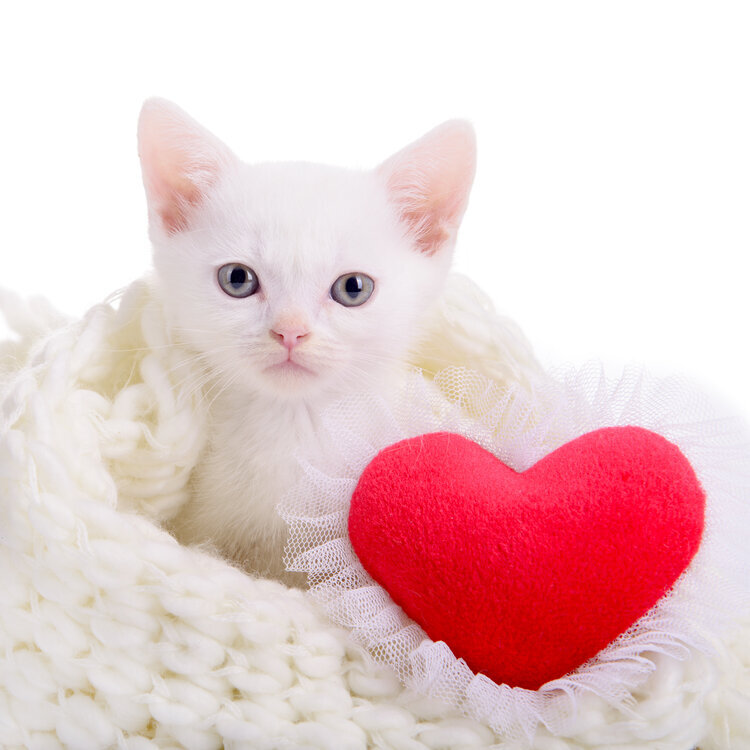
Regular veterinary check-ups are essential for monitoring a cat’s heart health. Through physical examinations and imaging, veterinarians can track any changes in heart size over time.
In addition, regular monitoring helps detect potential issues early and allows for timely intervention.
When to Consult a Veterinarian About Heart Concerns:
Cat owners should be attentive to signs such as difficulty breathing, rapid or labored breathing, coughing, lethargy, and changes in behavior.
However, if any of these symptoms are observed, it’s important to consult a veterinarian promptly.
Additionally, if a cat has a known history of heart disease or if there are concerns about its heart health, consulting a veterinarian for a comprehensive assessment is advisable.
FAQ’s :
Do different cat breeds have different heart sizes?
Yes, different cat breeds can have varying heart sizes based on their body size and genetics.
How does age affect a cat’s heart size?
A cat’s heart size increases as it grows from a kitten to an adult, but it can change with age-related factors like muscle loss.
Can an enlarged heart in cats be a cause for concern?
Yes, an enlarged heart (cardiomegaly) can be a sign of underlying heart diseases that require veterinary attention.
Are imaging methods used to measure cat heart size?
Yes, ultrasound and X-rays are commonly used imaging methods to accurately assess a cat’s heart size and structure.
How does heart size relate to a cat’s overall health?
A properly sized heart ensures efficient blood circulation, contributing to good overall health in cats.
What is hypertrophic cardiomyopathy (HCM) in cats?
Hypertrophic cardiomyopathy is a common heart condition in cats where the heart walls thicken, potentially affecting its ability to pump blood effectively.
Can heart size vary within the same breed?
Yes, even within the same breed, individual cats might have slight variations in heart size, influenced by factors like genetics and health.
How can I promote heart health in my cat?
Promote heart health by providing a balanced diet, regular exercise, and scheduling routine veterinary check-ups to monitor heart health.
Conclusion:
In conclusion, understanding the size of a cat’s heart is not only fascinating but also crucial for maintaining their overall health and well-being.
Moreover, a cat’s heart size is influenced by factors such as breed, age, and health, reflecting its adaptation to the individual cat’s physiology. Recognizing breed-specific norms and tracking changes in heart size can offer valuable insights into potential health concerns.
In addition, the relationship between heart size and cat health is significant. An appropriately sized heart is better equipped to efficiently pump blood, delivering oxygen and nutrients to vital organs.
Deviations in heart size, whether enlargement or reduction, can signal underlying health issues that need prompt attention.
Finally, veterinary techniques, including advanced imaging methods like ultrasound and X-rays, play a pivotal role in accurately measuring heart size and diagnosing heart conditions.
Conditions like an enlarged heart (cardiomegaly) can have far-reaching implications, underscoring the importance of early detection and intervention.







